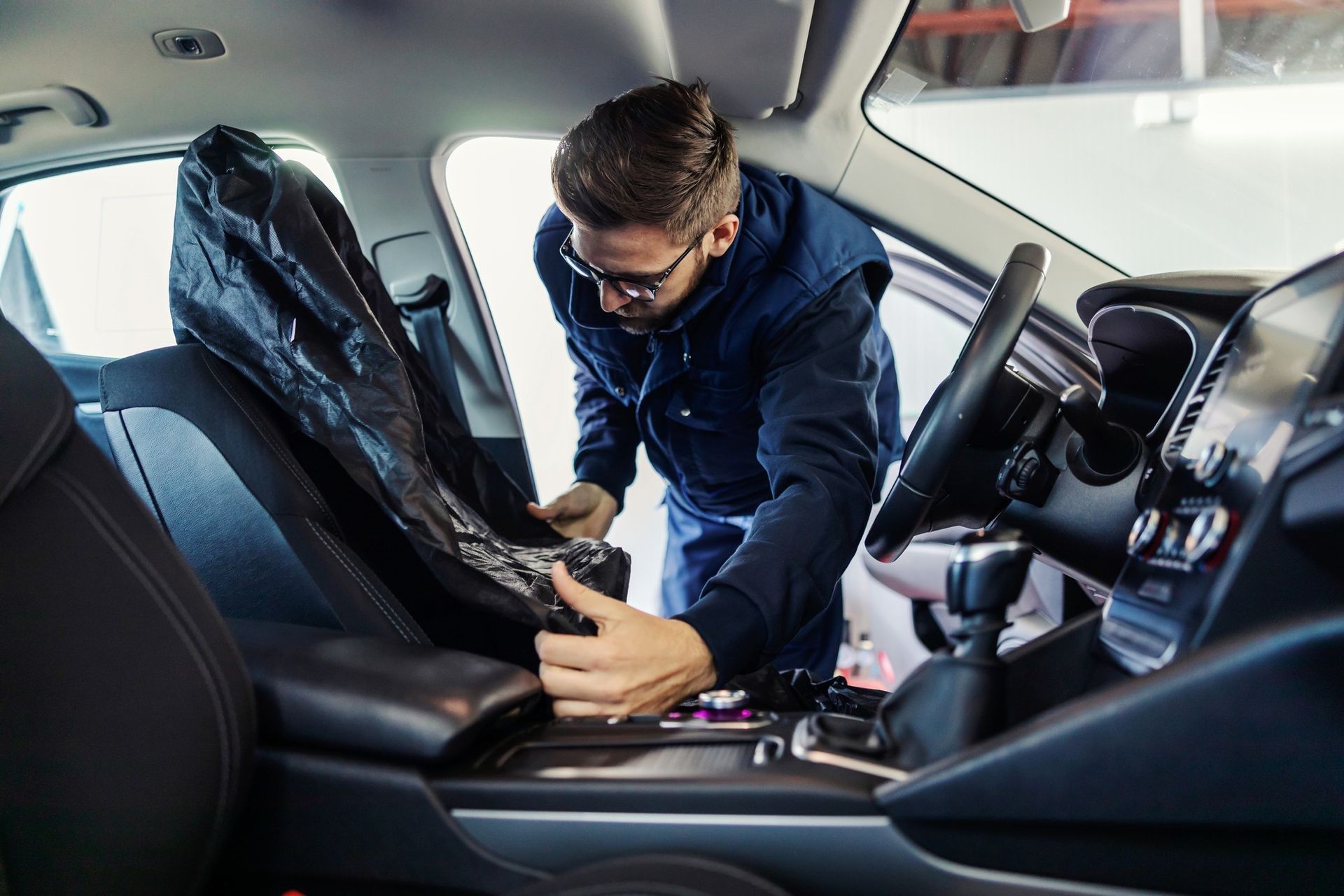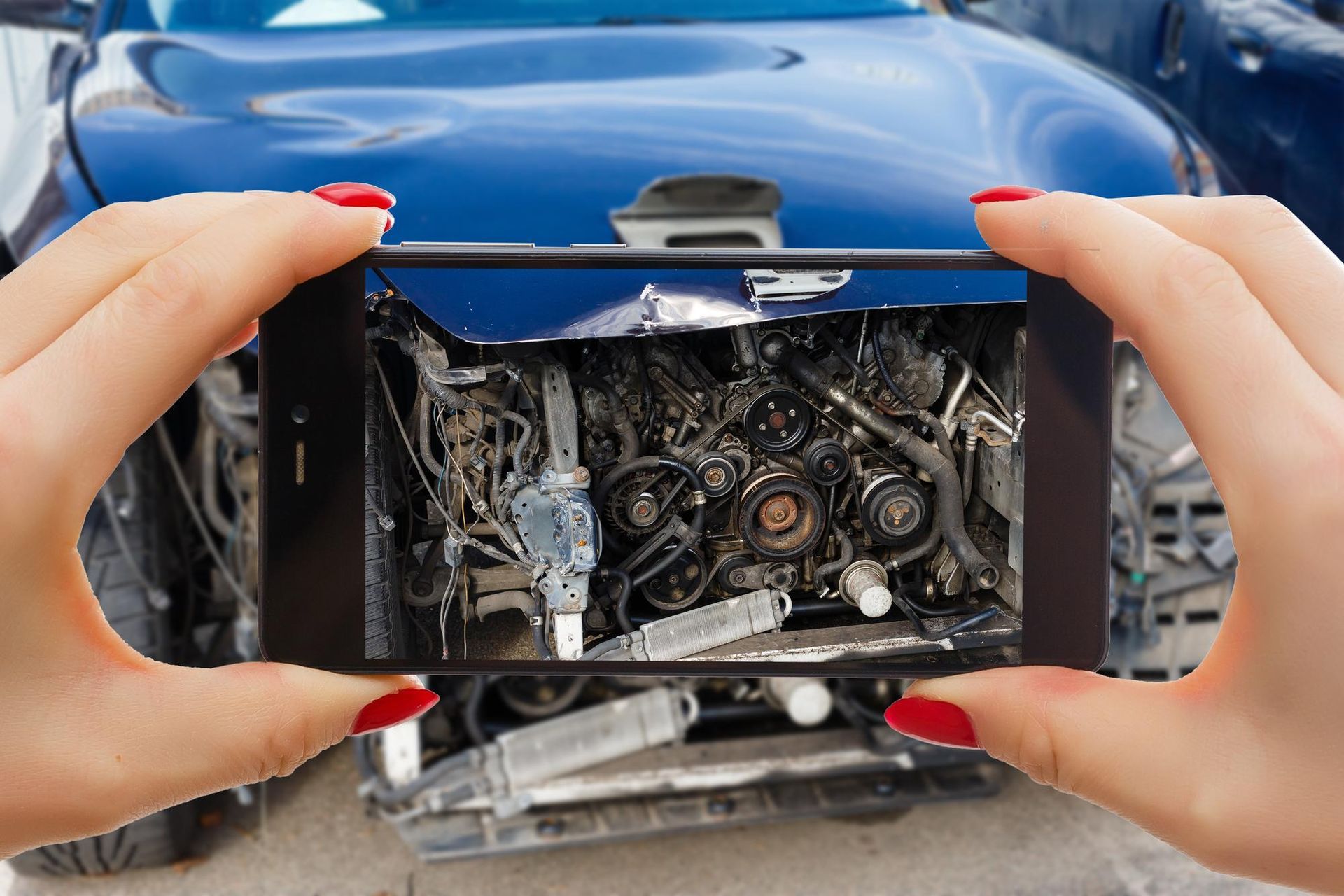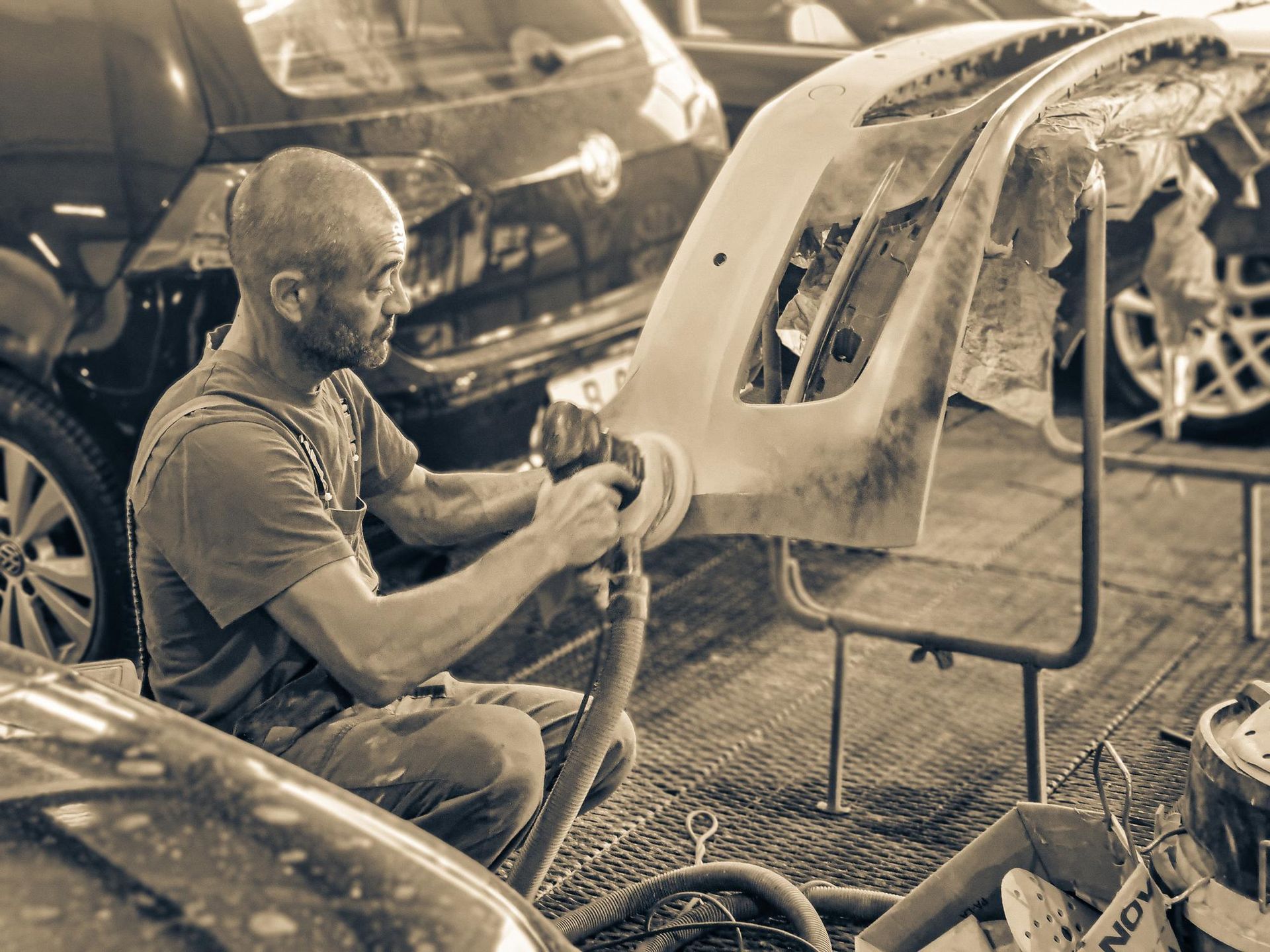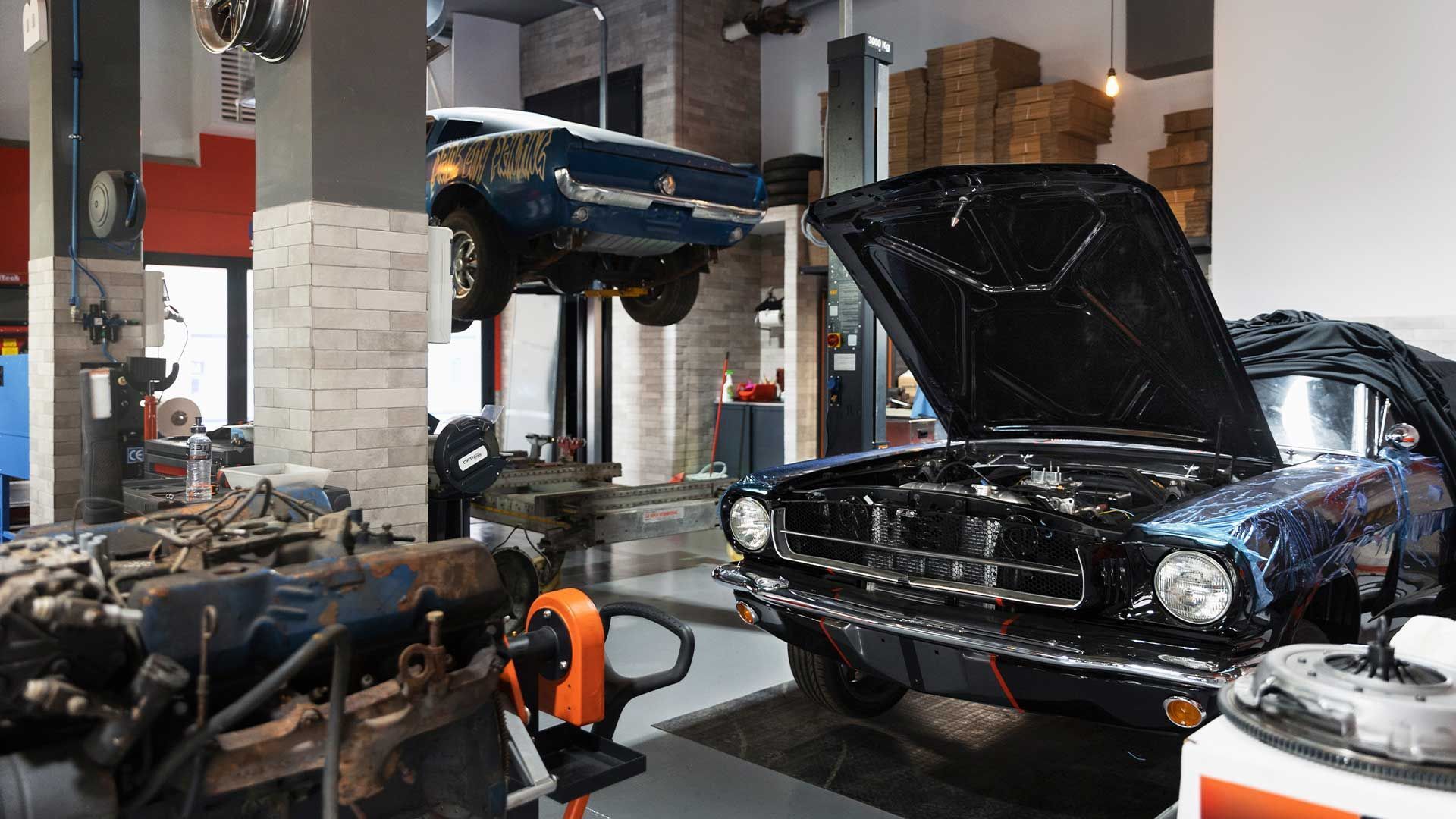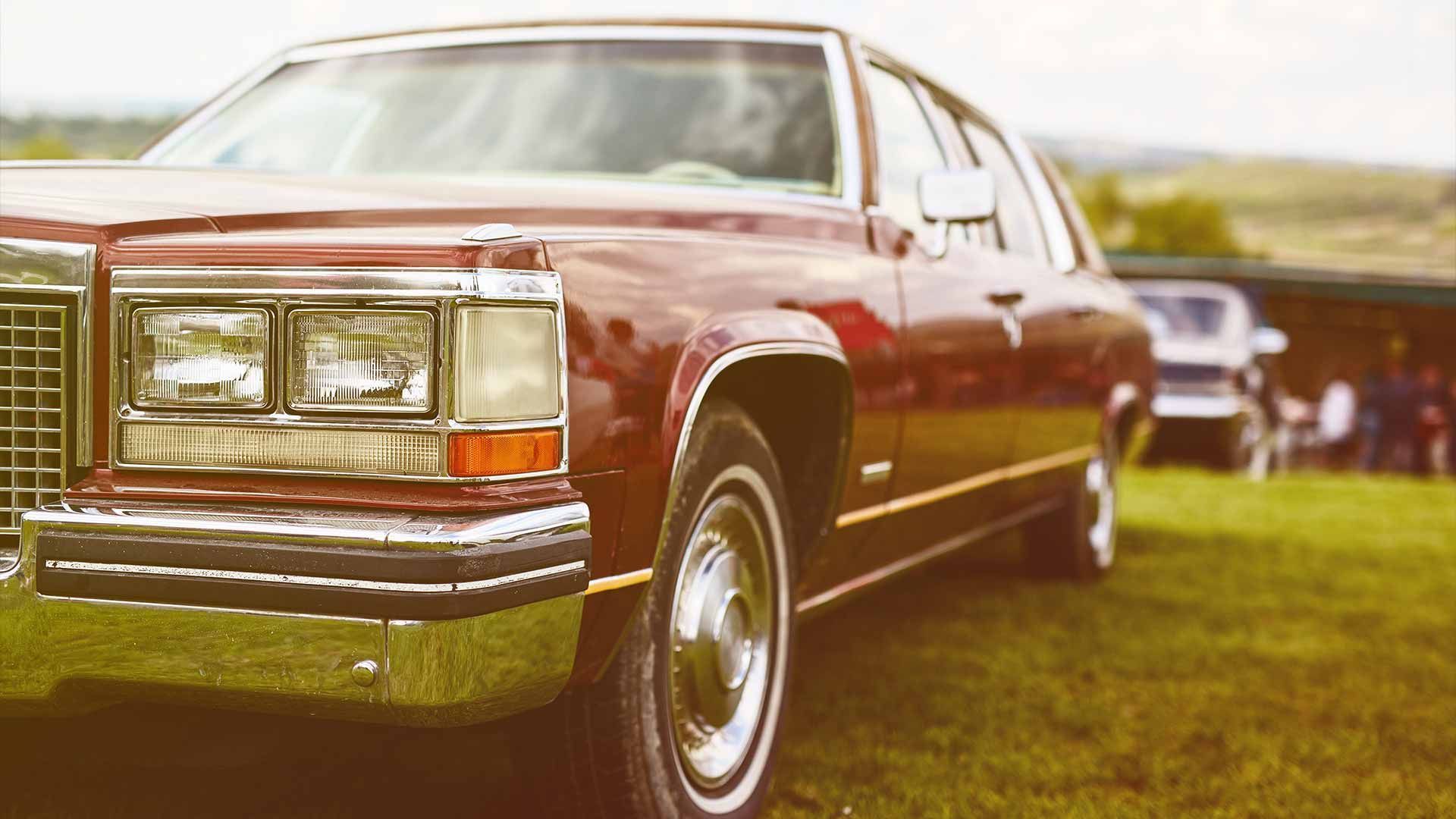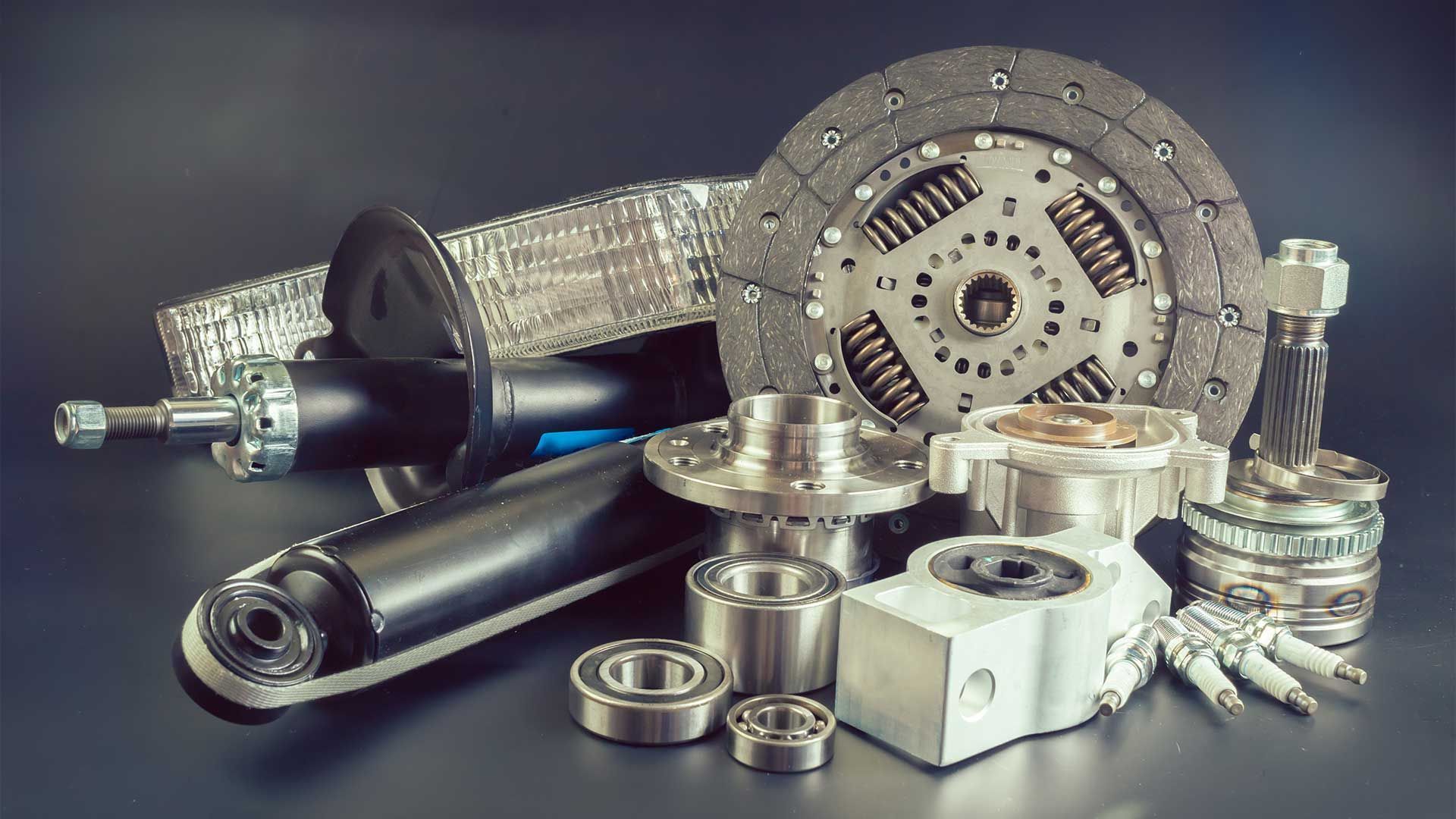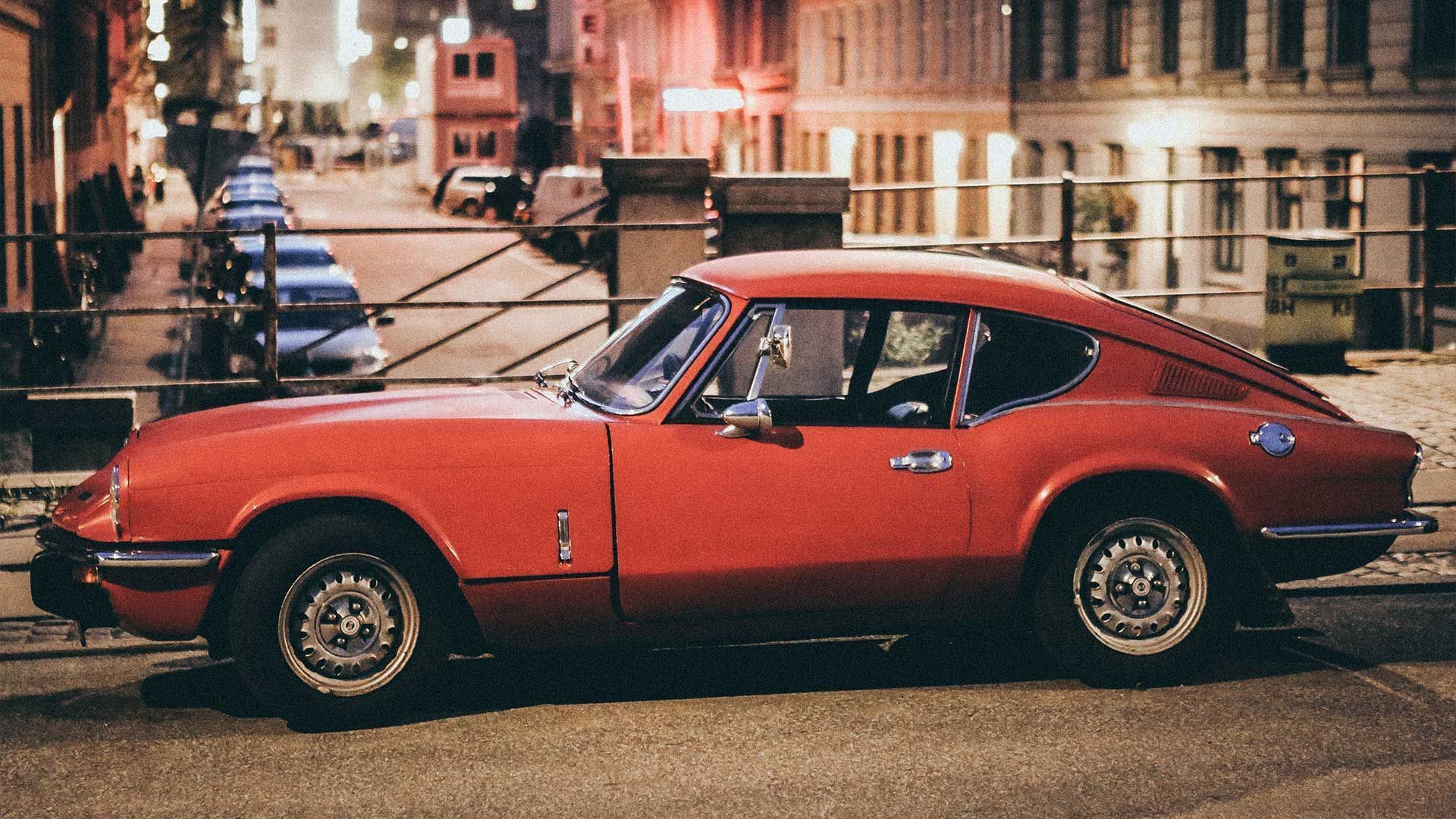The Art of Classic Car Restoration: A Step-by-Step Guide.
ASSESSING YOUR CLASSIC CAR
Before diving into the intricate world of classic car restoration, the journey begins with a critical first step – a thorough assessment of your vintage vehicle. It's like understanding the patient before performing surgery; knowing your classic car's condition is essential.
Begin with a meticulous examination of your classic car's exterior and interior. Look for signs of wear, rust, or damage. Inspect the engine, transmission, suspension, and electrical systems. Document everything you find, from the smallest scratches to major structural issues.
But assessing a classic car is not just about identifying problems; it's also about setting restoration goals. What do you want your vintage beauty to look and perform like when the project is complete? Research its original specifications and consider your vision for the car.
This assessment phase is where your restoration journey takes shape. It guides your decisions, helps you determine the scope of work, and lays the foundation for the steps ahead. It's a critical chapter in the story of reviving a classic car, and it all starts with a close examination and a vision of its future glory.
PLANNING AND BUDGETIN
Once you've assessed your classic car's condition and set restoration goals, the next crucial step in the art of classic car restoration is meticulous planning and budgeting. Without a well-thought-out plan, your project may encounter unexpected roadblocks and financial surprises.
Begin by creating a comprehensive restoration plan that outlines the scope of work. List the specific tasks needed for each aspect of the car, from bodywork to engine restoration and interior refurbishment. Establish a timeline to help you stay organized and focused throughout the project.
Budgeting is equally vital. Determine the total estimated cost of your restoration project, considering expenses for parts, labor, tools, and unforeseen contingencies. Be realistic about your budget and set aside a contingency fund for unexpected expenses that may arise during the restoration process.
A well-structured plan and budget are your roadmaps to success. They ensure that you're prepared for every step of the journey and help you avoid overspending. By setting clear goals and financial boundaries, you'll have a smoother and more satisfying classic car restoration experience.
GATHERING TOOLS AND RESOURCES
With your assessment completed and a solid plan in place, it's time to assemble the essential tools and resources for your classic car restoration journey. Having the right equipment and information at your fingertips will make the process more efficient and enjoyable.
Begin by creating a checklist of tools needed for various restoration tasks. This includes basic hand tools like wrenches, pliers, and screwdrivers, as well as specialized equipment for tasks like bodywork, painting, and engine repair. Ensure your workspace is well-equipped and organized for easy access to tools.
In addition to physical tools, gather crucial resources such as manuals, guides, and reference materials specific to your classic car's make and model. These resources are invaluable for understanding technical specifications, assembly diagrams, and restoration techniques tailored to your vehicle.
Consider reaching out to local auto shops, salvage yards, or online marketplaces to source quality parts and replacement components for your classic car. Building a network of trusted suppliers can simplify the parts acquisition process.
By carefully selecting the right tools and resources, you'll be well-prepared to tackle each stage of your classic car restoration project with confidence and efficiency.
THE RESTORATION PROCESS
Now that you've assessed, planned, and gathered the necessary tools and resources, it's time to delve into the heart of the classic car restoration process. This section will guide you through the various stages that make up the journey of reviving a vintage beauty.
1. Disassembly: Begin by carefully disassembling the car, taking note of each part's location and condition. Label and organize components to simplify reassembly later.
2. Bodywork: Address any rust, dents, or body imperfections. Perform necessary repairs, and consider consulting a professional for major bodywork if needed.
3. Engine Restoration: Focus on the heart of the car—the engine. Clean, repair, and rebuild components as necessary to ensure optimal performance.
4. Interior Refurbishment: Give attention to the interior, including seats, upholstery, dashboard, and trim. Repair or replace worn-out parts to restore comfort and aesthetics.
5. Painting and Finishing: Achieve that showroom shine with a fresh coat of paint. Select the right paint and finish for an authentic look.
6. Assembly: Reassemble the car, following your documentation and labeling from the disassembly phase. Take your time to ensure everything fits perfectly.
7. Testing and Tuning: Test all systems, from engine performance to electrical components. Fine-tune and make necessary adjustments for optimal function.
8. Final Touches: Pay attention to the finer details, such as chrome accents, badges, and interior finishing touches. It's these details that truly bring your classic car to life.
Throughout the restoration process, document your progress with photographs and notes. This not only serves as a valuable reference but also allows you to celebrate the transformation of your vintage beauty. Remember that restoration is a labor of love, and each stage brings you closer to the satisfaction of seeing your classic car restored to its former glory.
RESTORATION CHALLENGES AND PROBLEM-SOLVING
While the classic car restoration journey is immensely rewarding, it's not without its challenges. This section addresses common hurdles you may encounter and provides guidance on overcoming them.
1. Rust and Corrosion: Learn effective rust removal techniques and consider rust prevention measures to safeguard your restoration project.
2. Body Damage: Addressing significant body damage may require professional assistance. Evaluate whether repairs are within your skill level or if expert help is needed.
3. Mechanical Issues: If you encounter complex engine or mechanical problems, seek advice from experienced mechanics or enlist their assistance to ensure proper restoration.
4. Parts Sourcing: Sometimes, finding rare or discontinued parts can be challenging. Explore online forums, vintage car clubs, and specialized suppliers for solutions.
5. Budget Management: Keep a close eye on your budget to avoid overspending. Be prepared for unexpected expenses by maintaining a contingency fund.
6. Patience and Persistence: Restoration projects can be time-consuming. Maintain enthusiasm and persevere through challenging phases, knowing that the end result will be worth it.
Remember that challenges are an integral part of the restoration journey, and they provide valuable opportunities for growth and learning. Don't hesitate to seek advice from experienced enthusiasts or professionals when facing obstacles. With determination and problem-solving skills, you'll navigate these challenges and continue progressing toward your beautifully restored classic car.
CELEBRATING THE FINISHED PROJECT
After countless hours of dedication and hard work, you've reached the culmination of your classic car restoration journey. It's time to celebrate the finished project and enjoy the fruits of your labor.
1. Quality Assurance: Perform a final inspection to ensure all components are in excellent condition, and everything functions as intended.
2. Showcase Your Classic: Share your restored classic car with family, friends, and fellow enthusiasts. Consider participating in car shows or vintage car events to display your masterpiece.
3. Document Your Achievement: Create a portfolio of before-and-after photos, documenting the transformation of your classic car. This serves as a lasting testament to your dedication and skills.
4. Join Enthusiast Communities: Connect with fellow classic car enthusiasts by joining local or online communities. Share your experiences and knowledge while learning from others.
5. Preservation and Maintenance: Establish a maintenance routine to preserve the beauty and functionality of your classic car. Regular care will ensure it remains a cherished treasure for years to come.
6. Passion and Pride: Embrace the sense of accomplishment and pride that comes with restoring a classic car. Your dedication has revived a piece of automotive history, keeping its legacy alive.
In the end, classic car restoration isn't just about bringing a vintage vehicle back to life; it's about preserving a piece of history and the joy that comes with it. Whether you plan to enjoy your classic car on the open road or simply cherish it as a work of art, the journey of restoration is a testament to your passion and commitment to the art of automotive craftsmanship.
CONCLUSION
Congratulations on completing your classic car restoration journey! Your dedication, skills, and passion have transformed a vintage beauty into a timeless masterpiece. As you stand back and admire your handiwork, remember that you've not only revived a classic car but also contributed to the preservation of automotive history.
At LR Classics, LLC, we understand the artistry and craftsmanship that goes into classic car restoration. Whether you're a seasoned enthusiast or embarking on your first project, we're here to support your passion. Our team of experts is dedicated to providing the guidance, tools, and resources you need to bring your classic car dreams to life.
To learn more about our restoration services or to inquire about assistance with your next project, please contact us at (520) 494-2745. We share your love for classic automobiles and look forward to helping you embark on your next restoration adventure. Your passion is our inspiration, and together, we'll continue to celebrate the art of classic car restoration.
FREQUENTLY ASKED QUESTIONS (FAQS)
How long does a typical classic car restoration project take to complete?
The duration of a classic car restoration project varies widely based on factors like the car's condition, scope of work, and your level of expertise. Some projects can be completed in a few months, while more extensive restorations may take several years.
Do I need previous mechanical experience to undertake a classic car restoration project?
While previous mechanical experience can be beneficial, it's not always necessary. Many enthusiasts begin with basic knowledge and learn as they go. However, for complex projects, it may be advisable to seek professional assistance or training.
How do I find authentic replacement parts for my classic car restoration?
Authentic replacement parts can be sourced from various places, including specialized suppliers, salvage yards, online marketplaces, and vintage car clubs. Research and networking are key to finding the right parts for your project.
Is classic car restoration a cost-effective hobby, or should I expect significant expenses?
The cost of classic car restoration can vary widely, and it's important to set a realistic budget. While it can be an investment, it's also possible to manage expenses by prioritizing tasks and sourcing affordable parts.
Are there any safety precautions I should take when working on classic car restoration projects?
Safety is paramount. Always wear appropriate protective gear, work in a well-ventilated area, and follow safety guidelines for tools and equipment. If you're unsure about a task's safety, seek expert advice.
